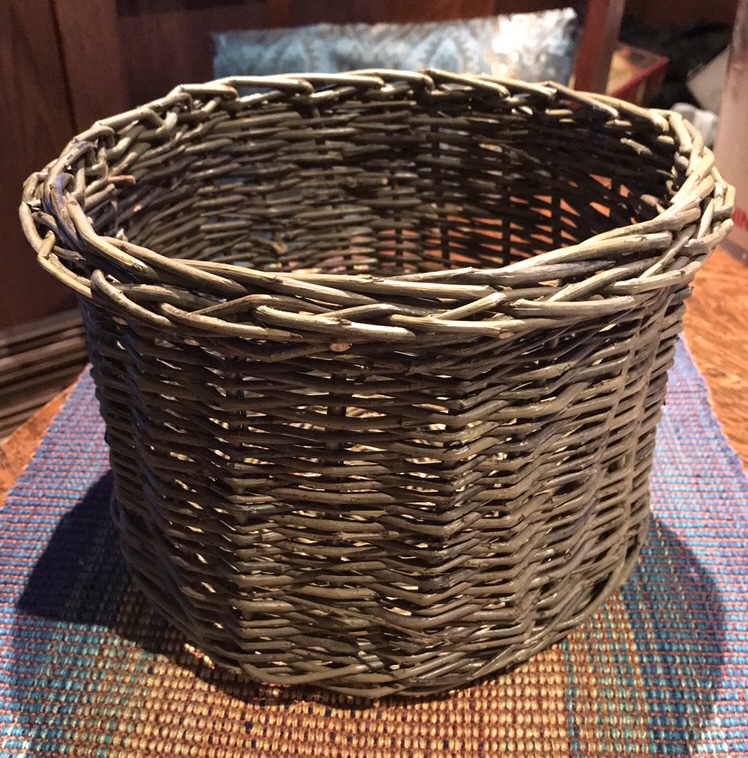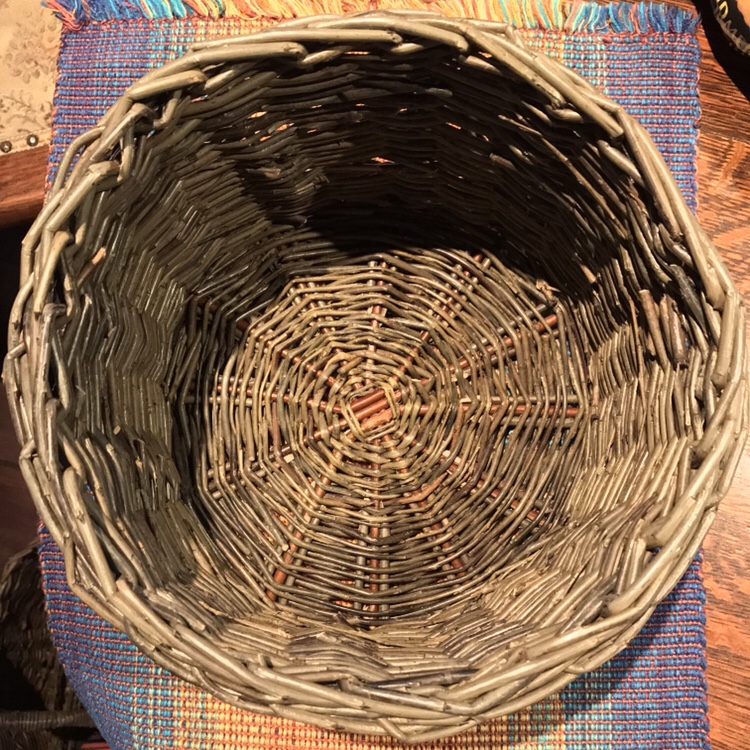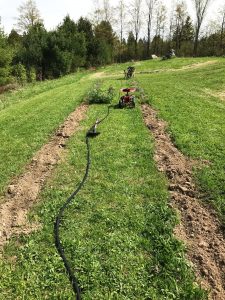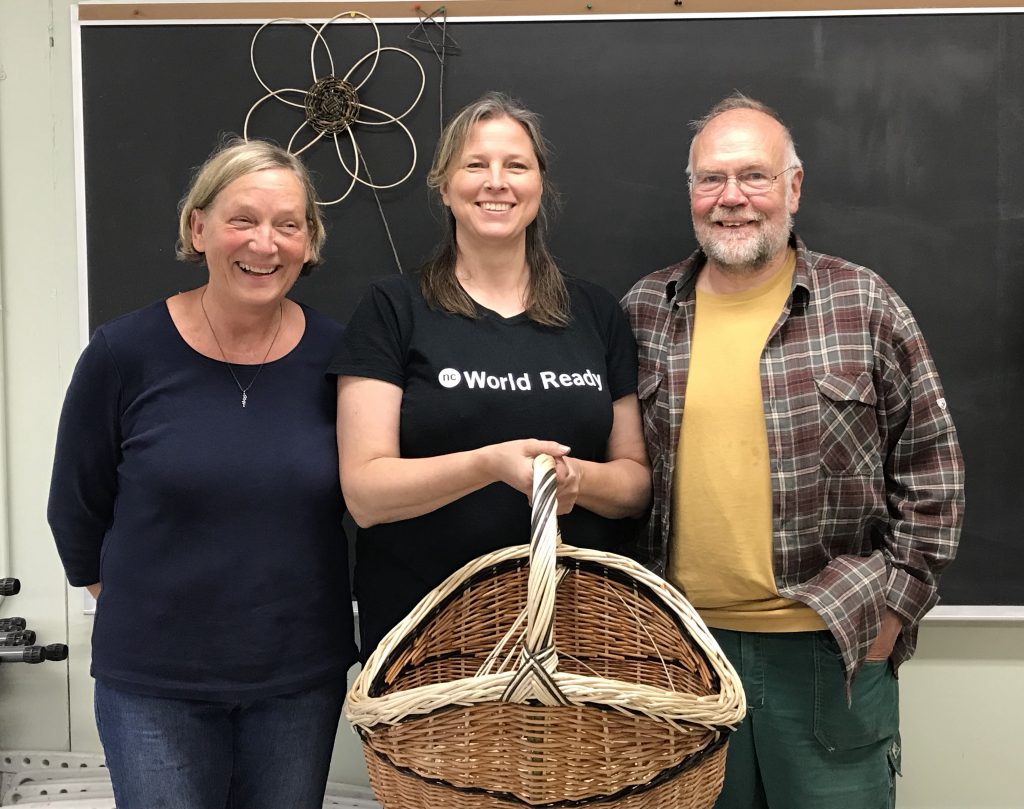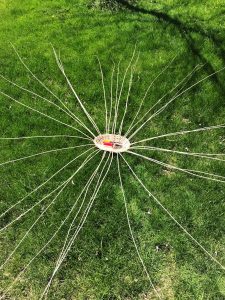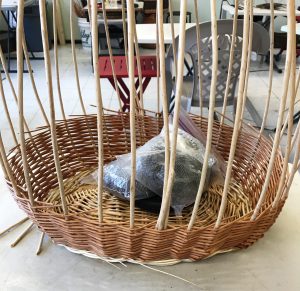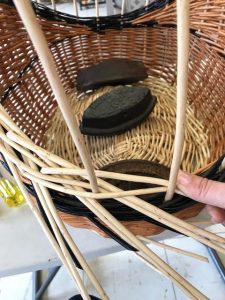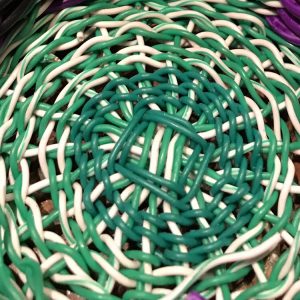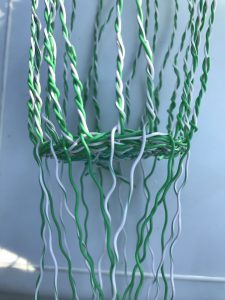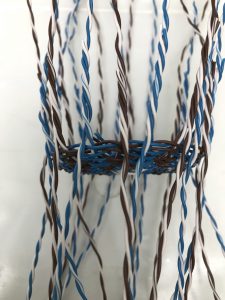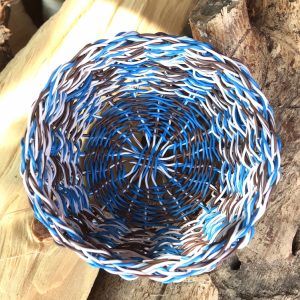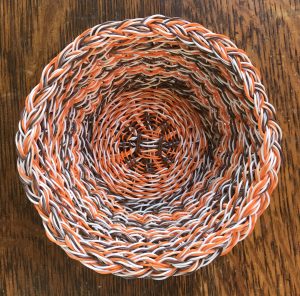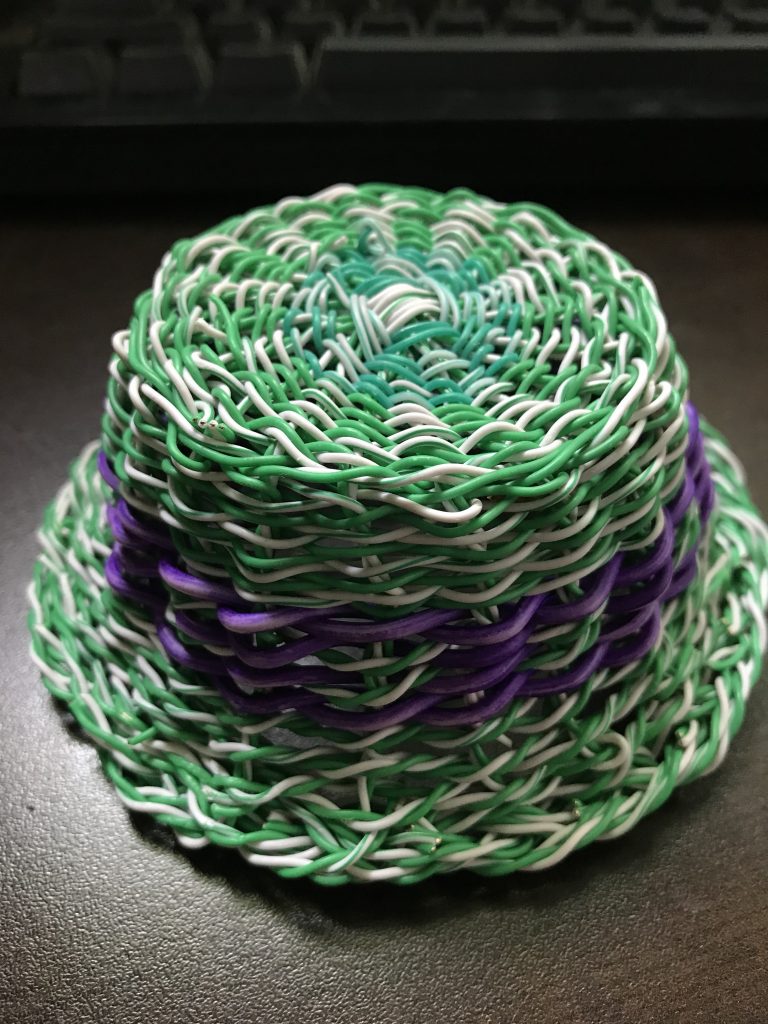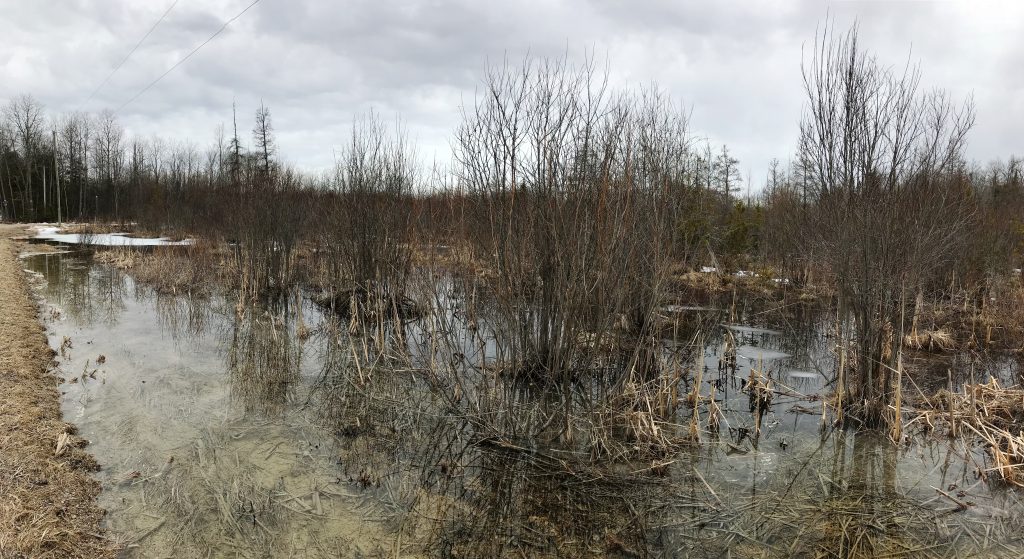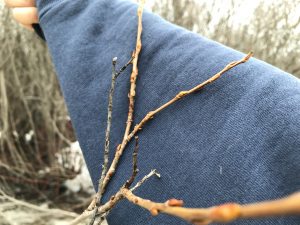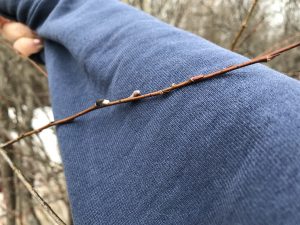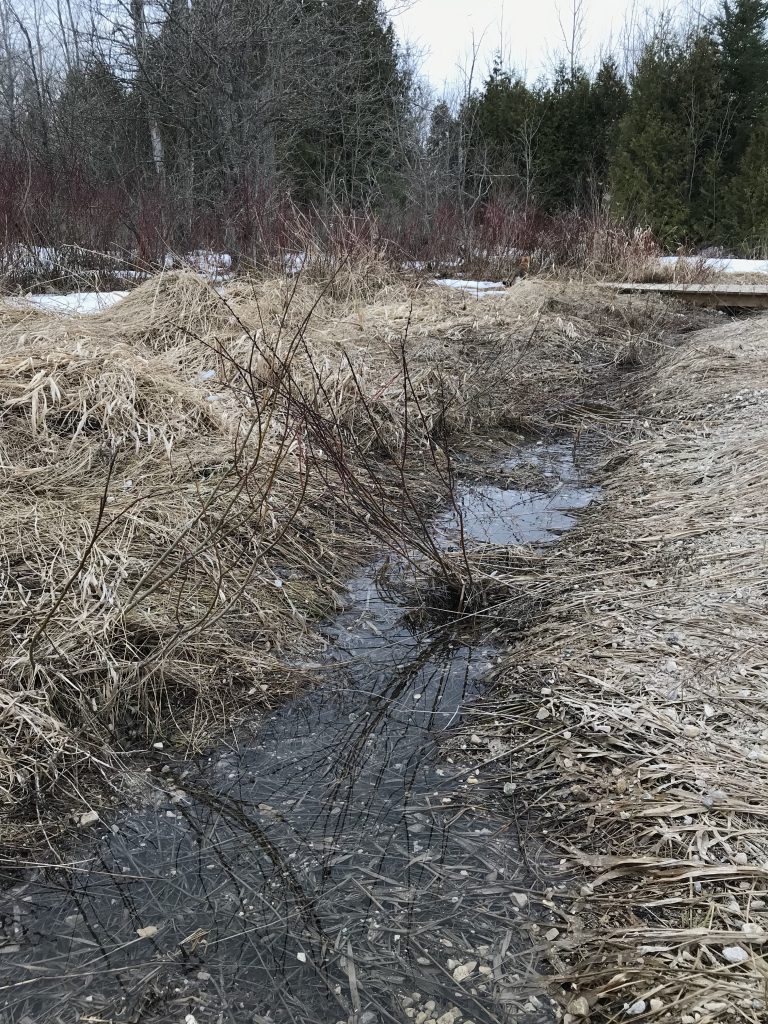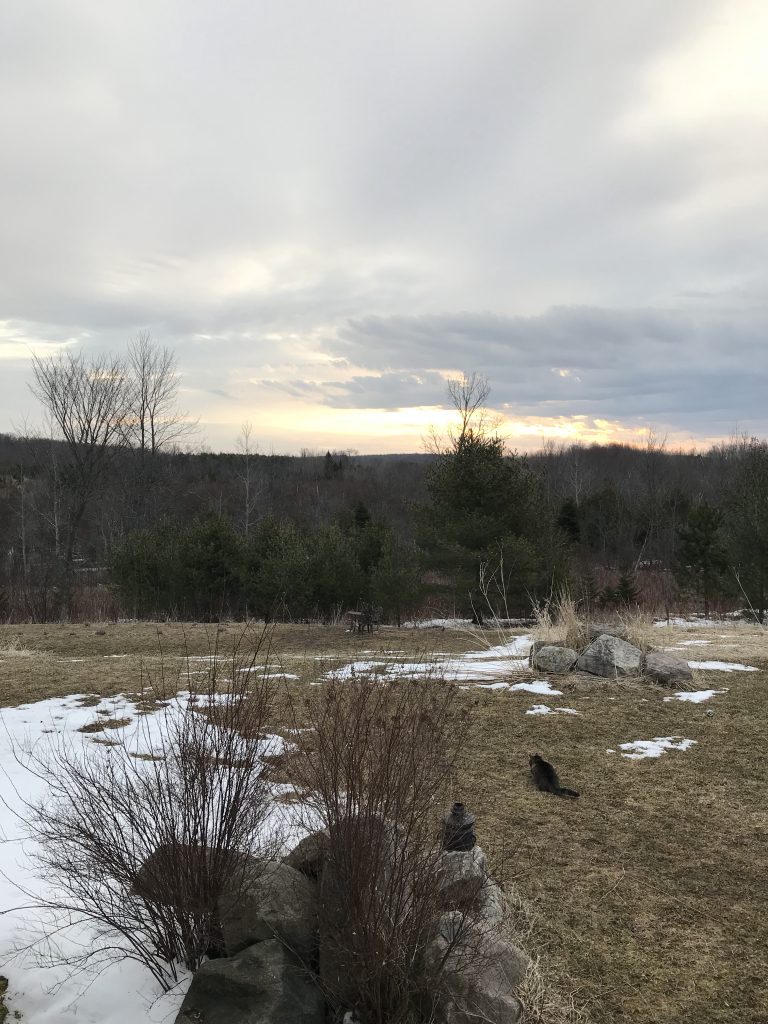
View from my porch that morning (and Maple sharing it with me on the grass).
I am a member of the Blue Mountains’ Writers’ Group, and our task of this week was to create a story using only one words for each letter of the alphabet. I was impressed by those who could do it in alphabetical order! The morning of our meeting day, I sat on my porch and took in the sights and sounds in a senses meditation. There was an orchestra of birds as the sun rose! After taking in the feel, sounds, sights and smells of the morning, I wrote down all of the sounds and sights. I also learned few new names of colours in the task.
You could hear the landscape’s layers. Birds at every hill and tree cluster as far as the eye can see and even farther as the ear can hear.
- Trill of the squirrels
- Rattle of woodpeckers
- Thunder thuds of grouse
- Honks of geese in distance
- Chirps and whistle and tweets
- Chatter of squirrels
- Caws
- Coos of dove
- Echos of cranes
- Flaps of a crow overhead
- A fat wild turkey appears a murmur of low gobbles in the bush.
- A flock of geese signaling
Finished Task for BM Writers’ Group
Yonder dawn’s xanthic amber sunlight peeks from under grey veil; hence, there is no celestial zaffre. Birds kibitz whistling, rattling, quipping. Morning jabber echoes over landscape.
Amber
Birds
Celestial
Dawn’s
Echo
From
Grey
Hence
Is
Jabbers
Kibitz
Landscape
Morning
No
Over
Peeks
Quips
Rattles
Sunlight
There
Under
Veil
Whistles
Xanthic
Yonder
Zaffre
